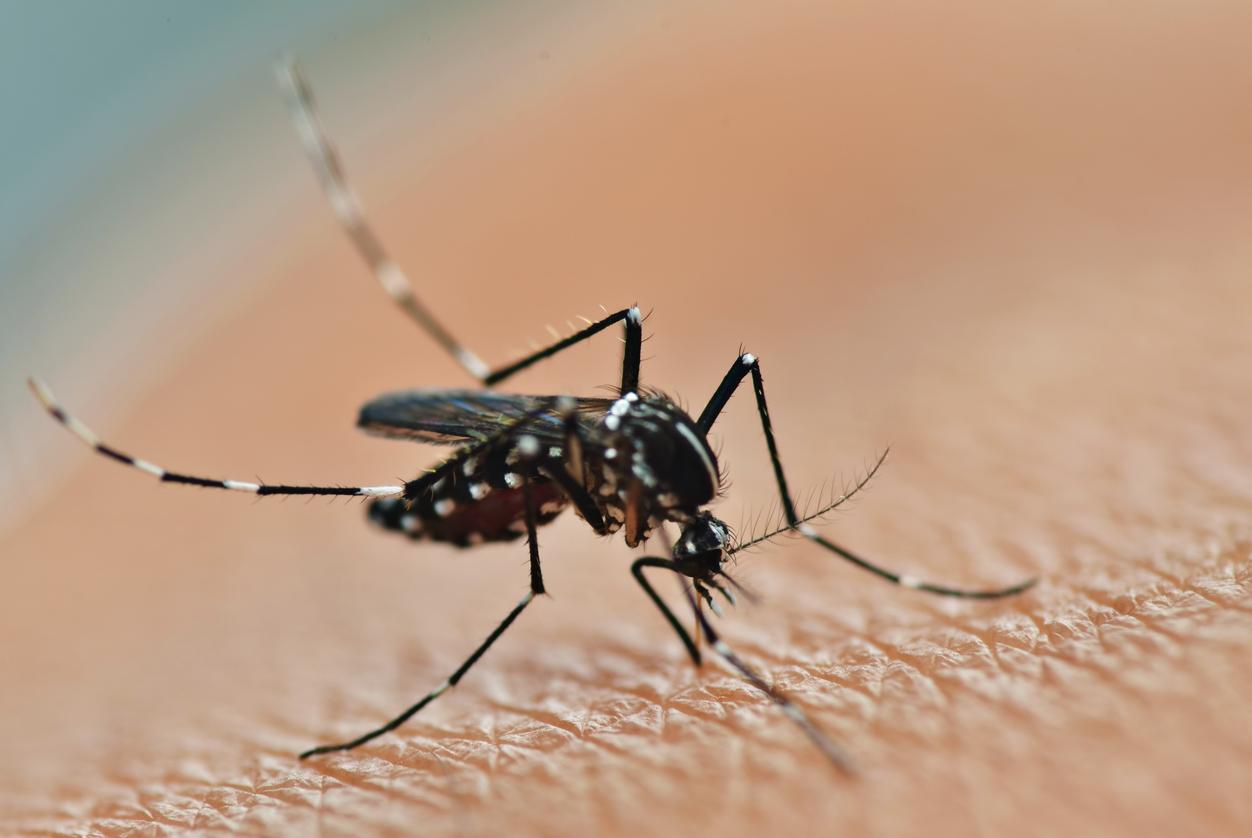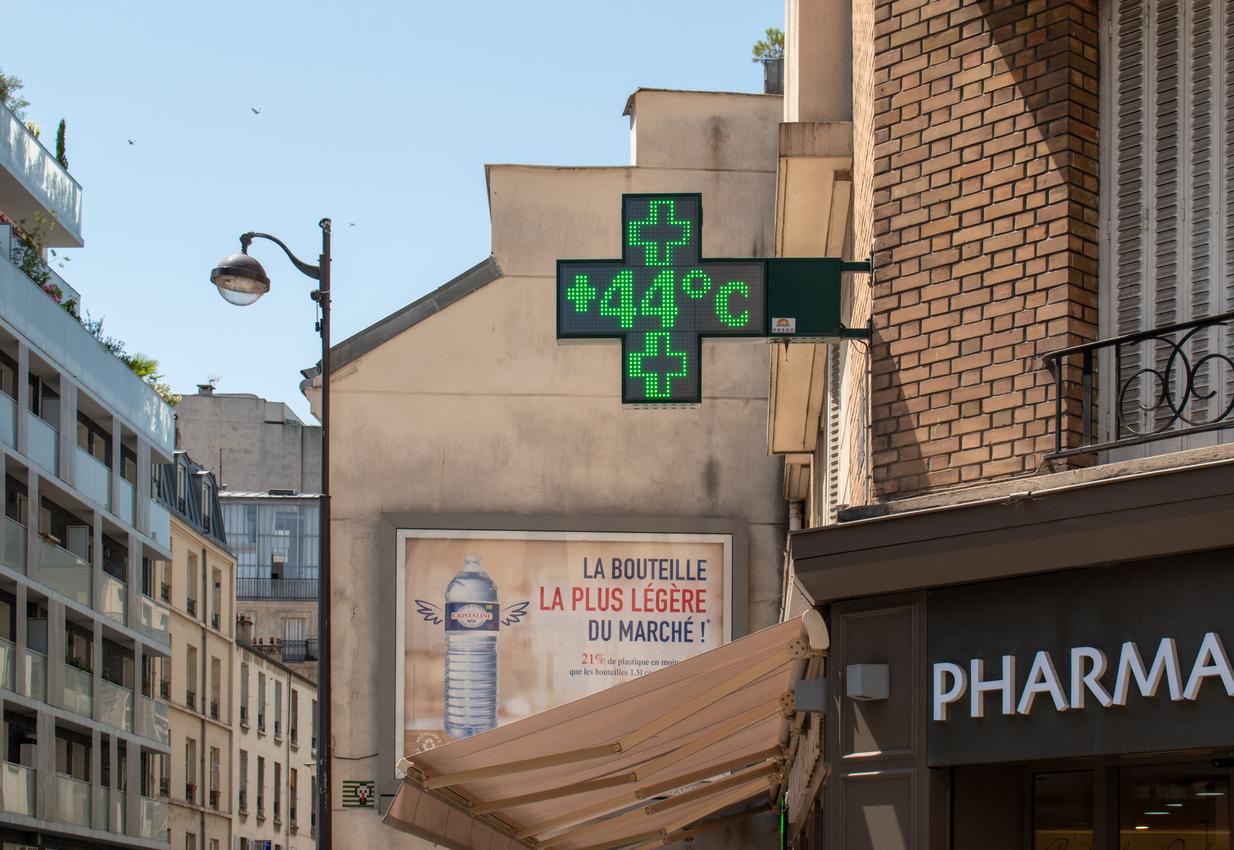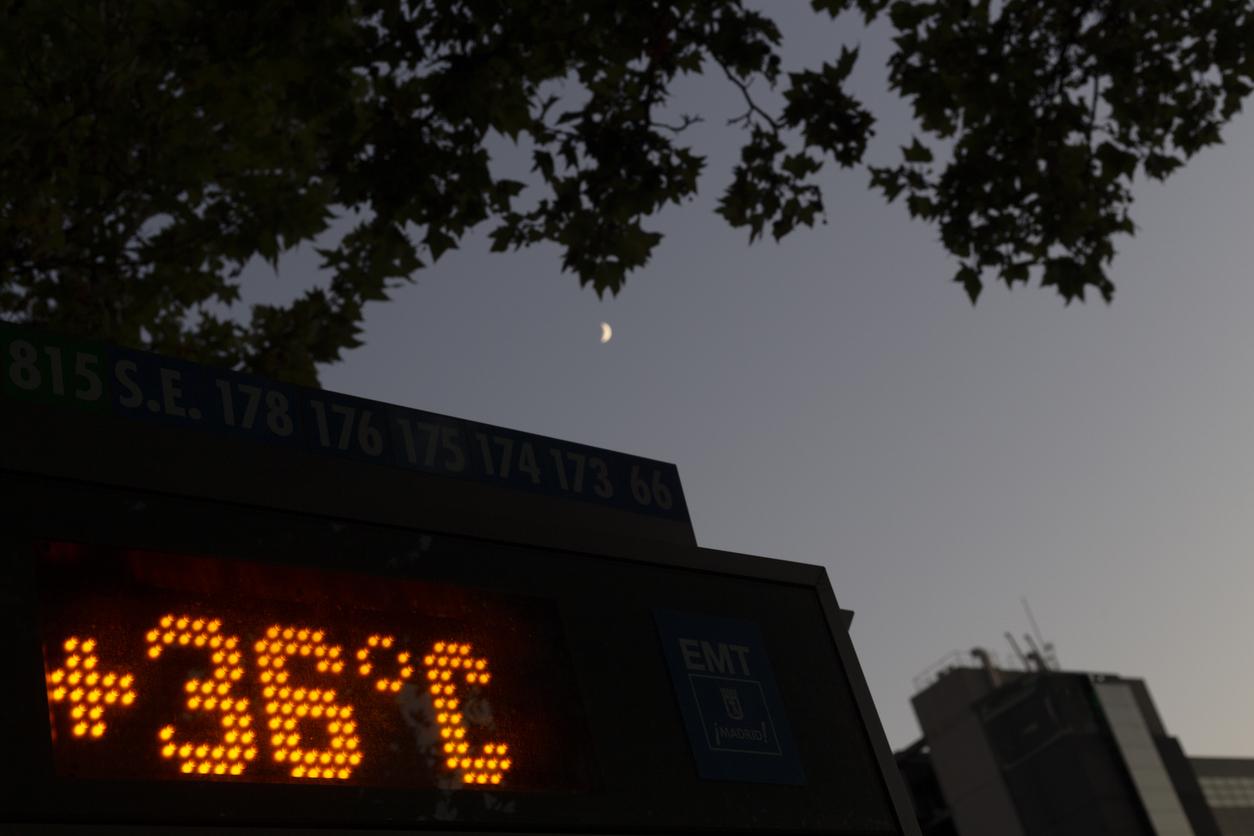If greenhouse gas emissions do not decrease, the deaths attributed to heat waves will increase.

Hell on earth. It’s a bit what we say to ourselves when we leave our home, or when we rush into the bus or the metro, for a few days in France. If this scorching episode should end by the end of the week, others will follow, promises a study published in Nature Climate Change. As a result of global warming, three quarters of the world’s population will be exposed to deadly heat waves by 2100, compared to one third today.
“We are starting to be short of solutions for the future,” warns Professor Camilo Mora, head of work and professor at the College of Social Sciences at the University of Hawaii. When it comes to heat waves, the options are either bad or terrible. Many people around the world are already paying a heavy price for this, and while our models predict that this will continue, it could be much worse if our greenhouse gas emissions do not decrease ”.
Critical temperature and humidity threshold
Prof. Camilo Mora’s team made this overwhelming observation after studying more than 780 deadly heat waves recorded since 1980 in 164 cities in 36 countries around the world. They notably analyzed the 2003 heatwave which hit Europe for more than a month. Some 70,000 deaths were recorded that summer, including more than 15,000 in France. Or the 2010 heatwave in Moscow which killed 10,000 people.
These data were then crossed with the meteorological records recorded during these heat waves. These include in particular the air temperature, the humidity rate or the wind speed.
The researchers then deduced that the mortality attributed to the heatwave is mainly linked to the humidity-temperature pair. At high humidity, mercury close to 30 ° C can be lethal, they explain. “Finding a threshold beyond which climatic conditions can become deadly is scientifically important but frightening,” says Farrah Powell, one of the study’s authors. This threshold now allows us to identify dangerous conditions for the population ”.
Heavily affected tropical areas
In particular, the team estimated that 30% of the world’s population experience these conditions for at least 20 days a year. A proportion that will increase sharply in 80 years if greenhouse gas emissions are not revised downwards, according to the researchers’ models. They predict, for example, that in 2100 in New York, temperatures and humidity will exceed the threshold for at least 50 days a year. Their modeling predicts that people living in the tropics will be the most affected, as these are naturally more humid and warmer than the rest of the globe.
A disaster scenario that should occur even if the Paris Agreement is respected and global warming is limited to 2 ° C. In this case, the proportion of the population affected by these deadly heatstrokes would however be somewhat reduced.
“Climate change has placed humanity on a path that is becoming increasingly dangerous and difficult to reverse, especially if the issue of greenhouse gases is not taken more seriously. Withdrawing from the Paris Agreement is a step in the wrong direction. It delays an inevitable problem when there is no time to waste, ”Professor Mora laments.
.















